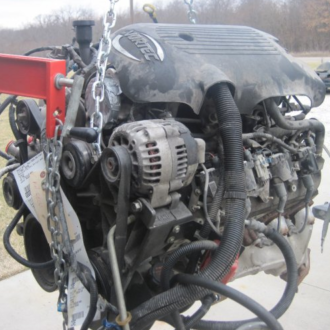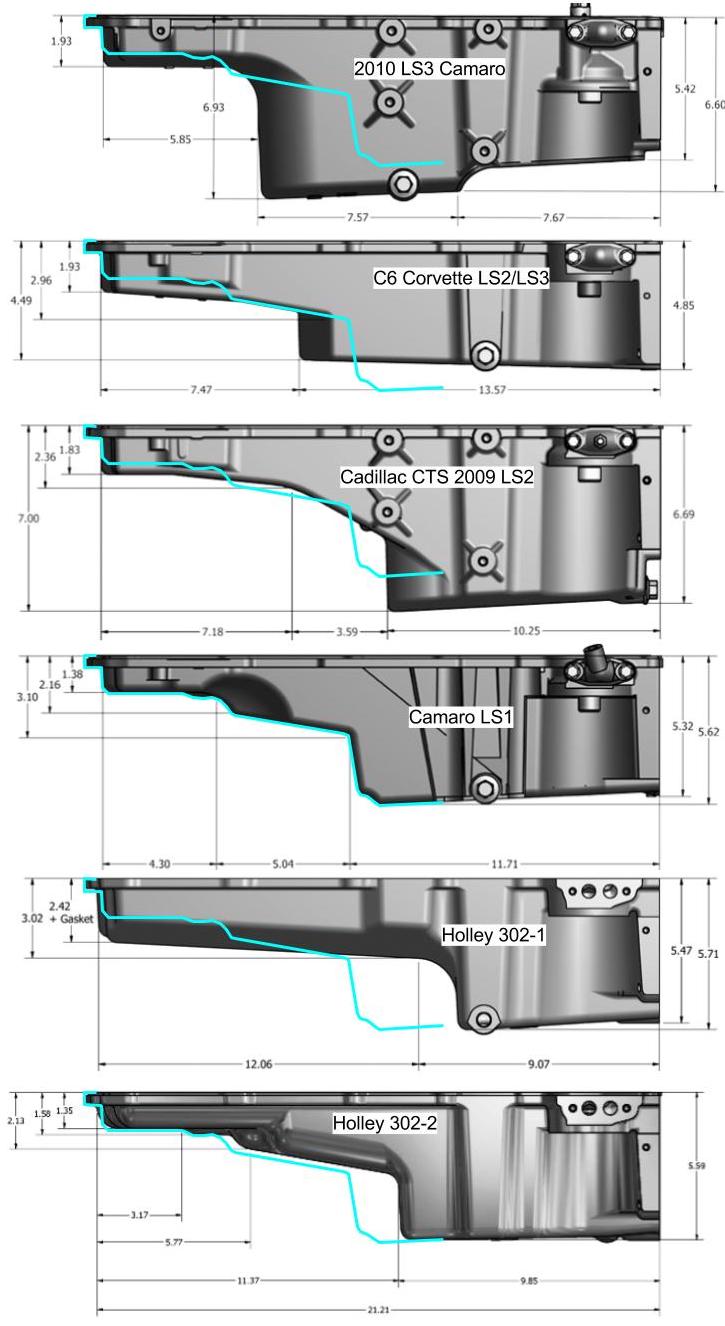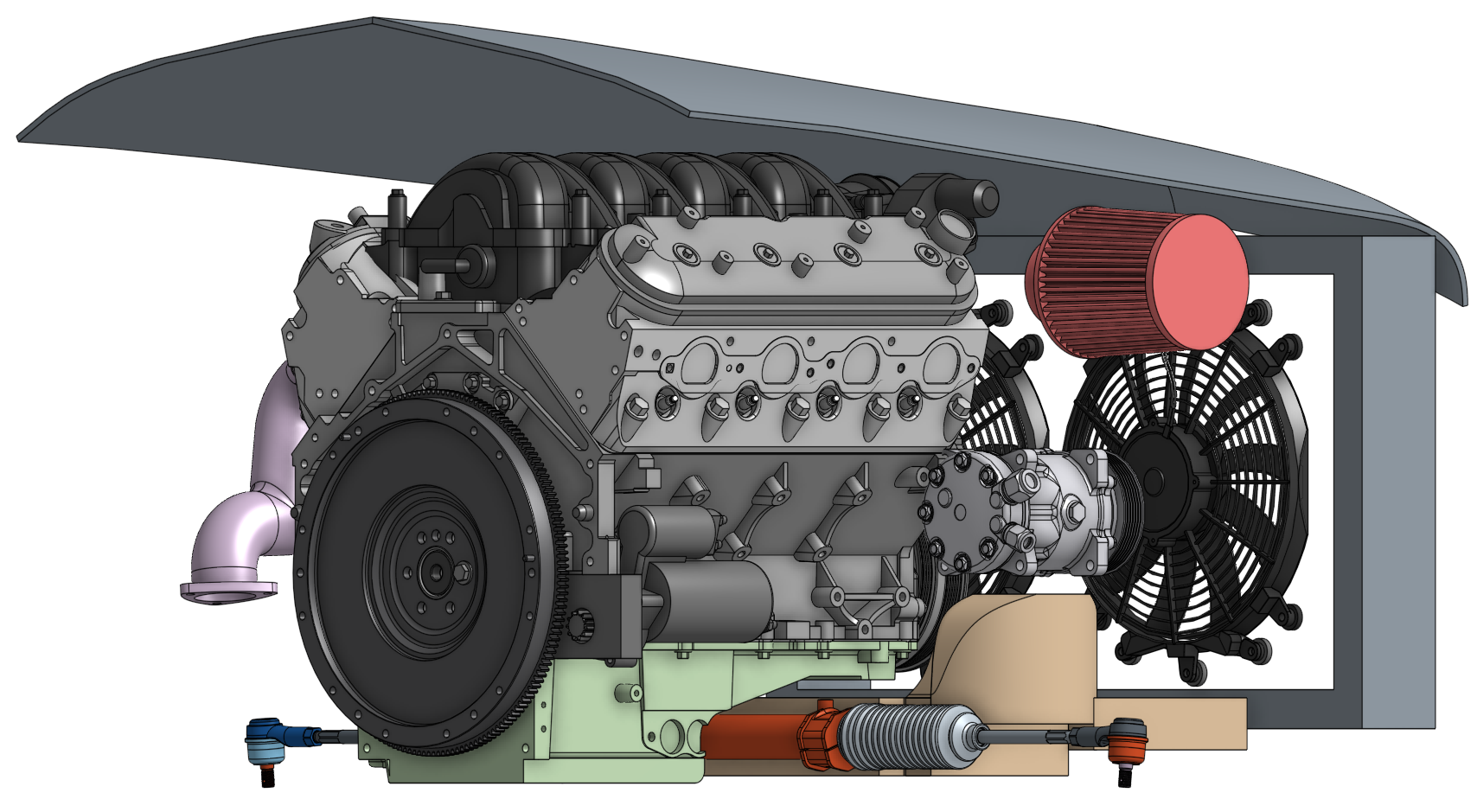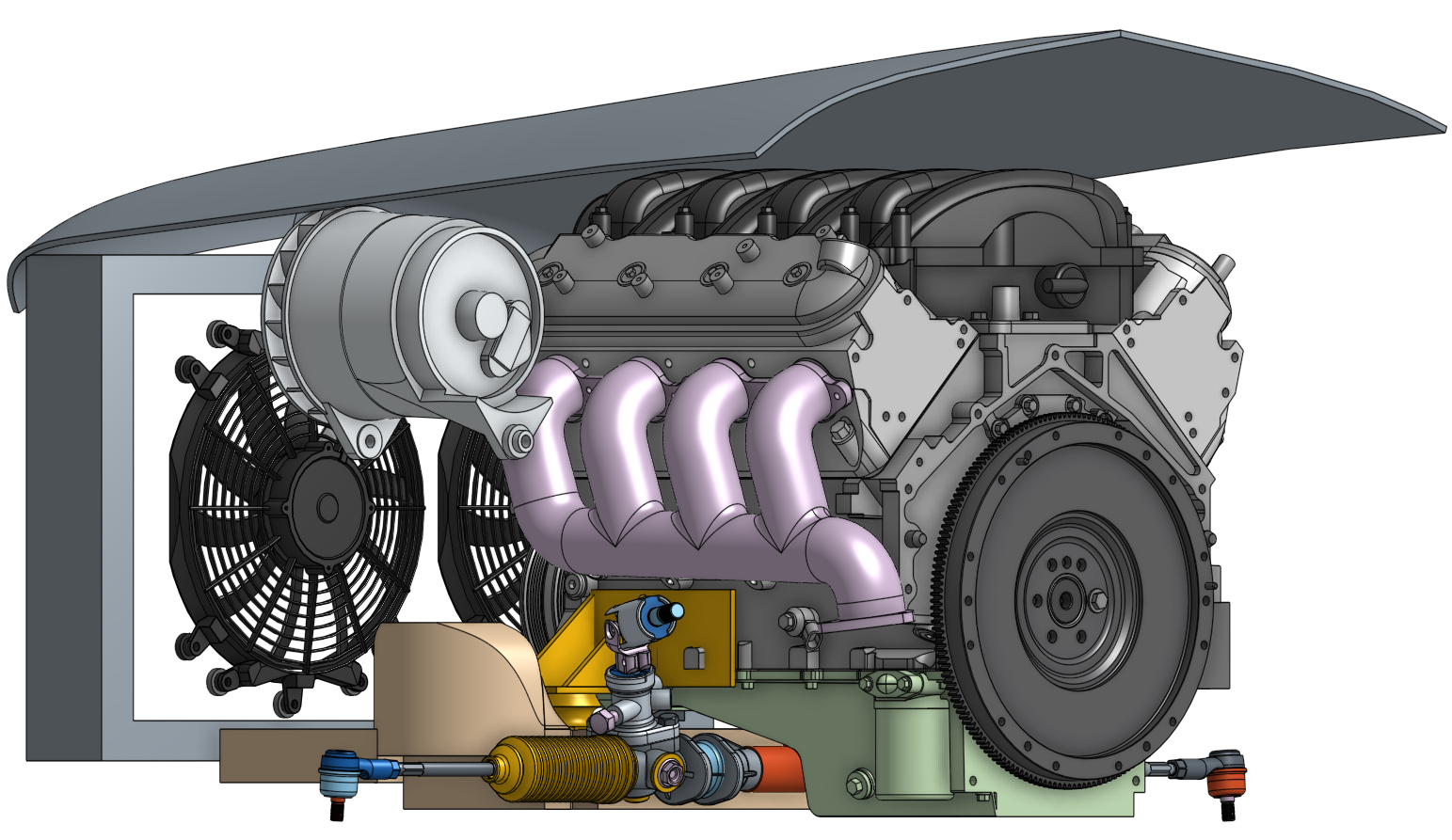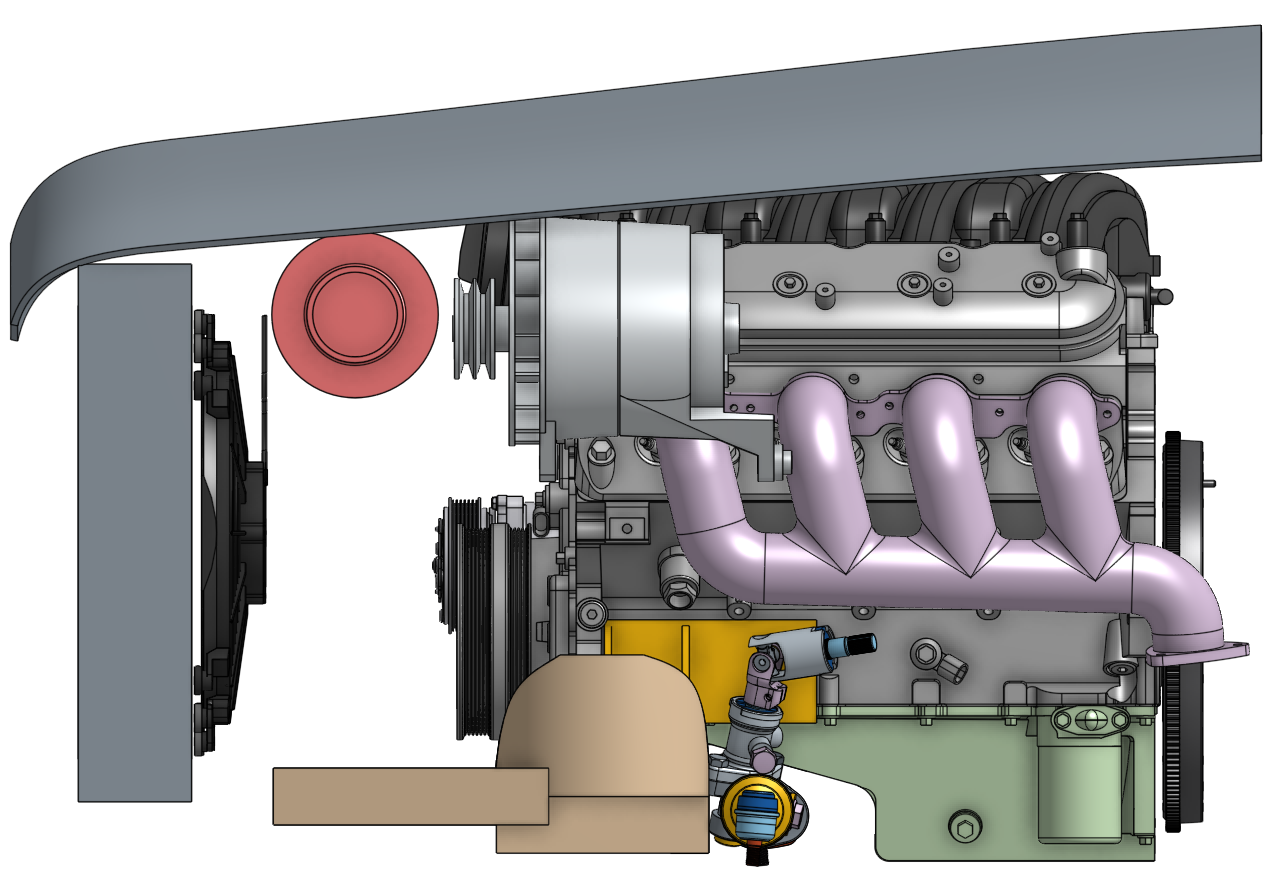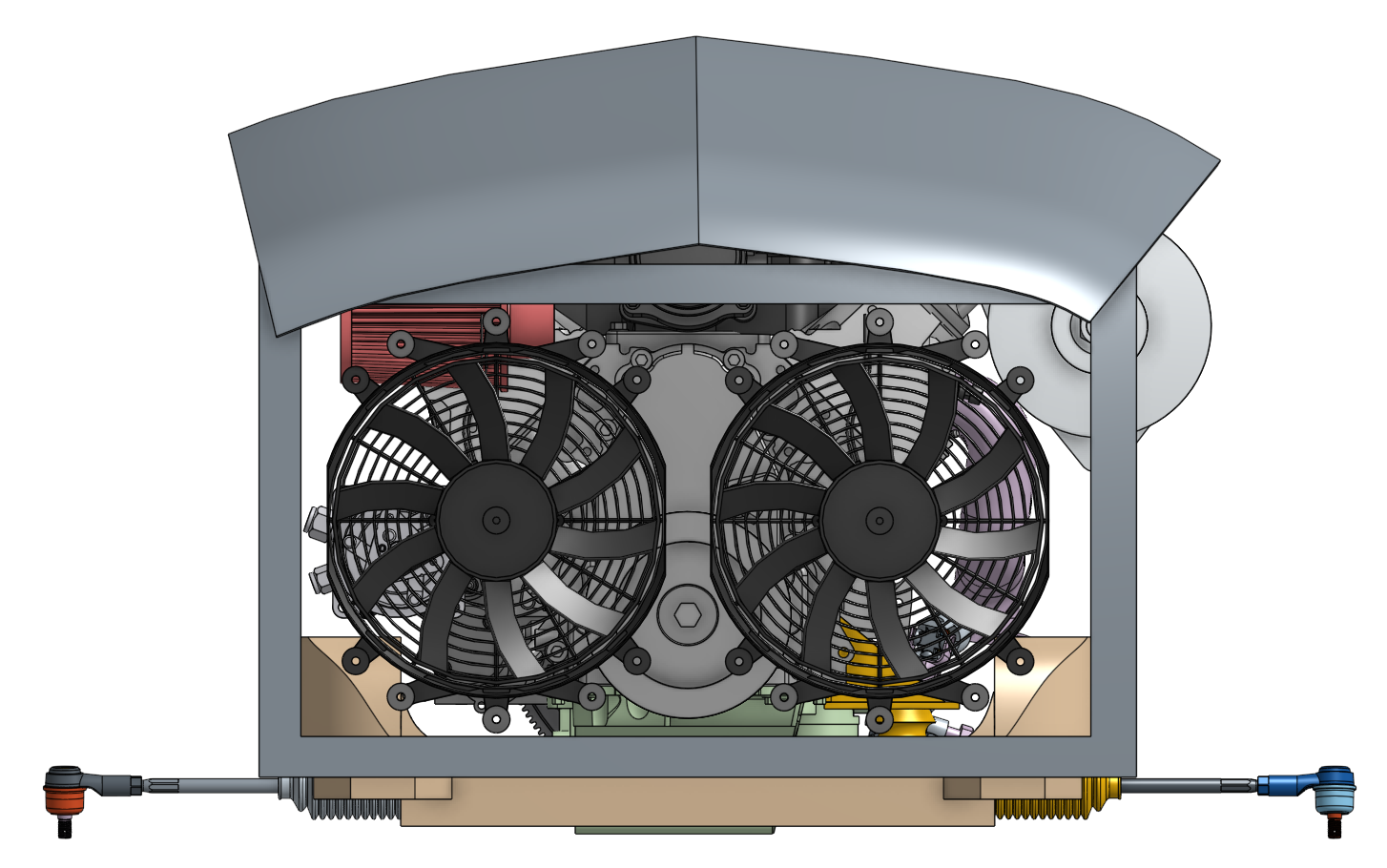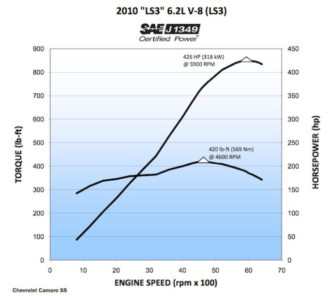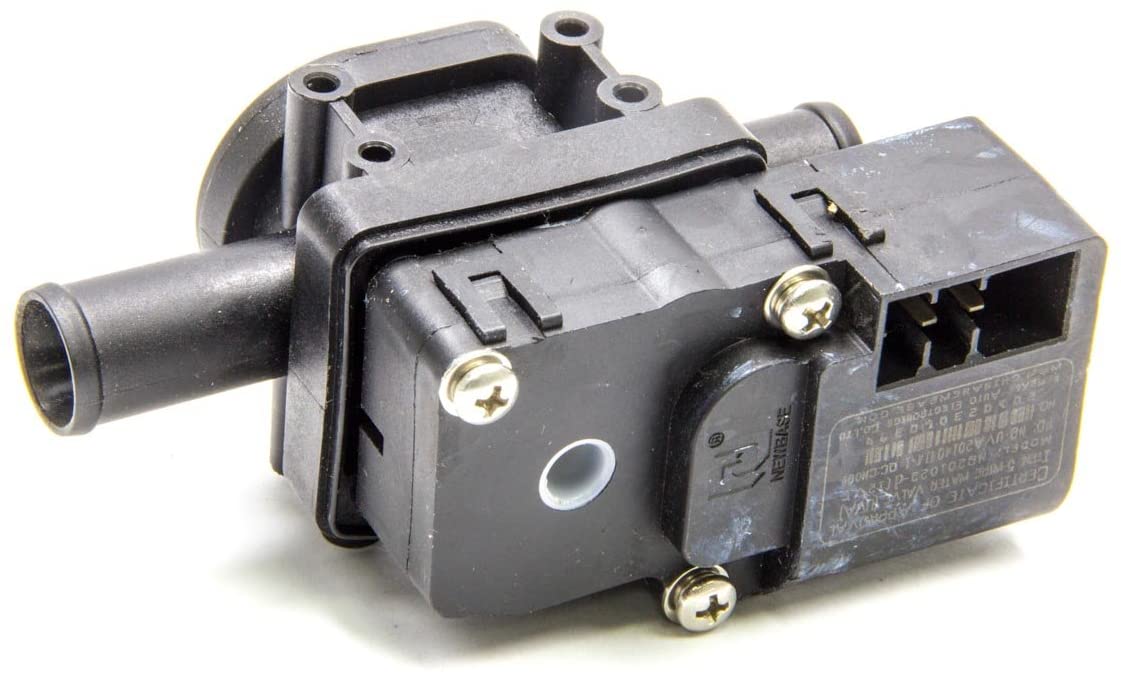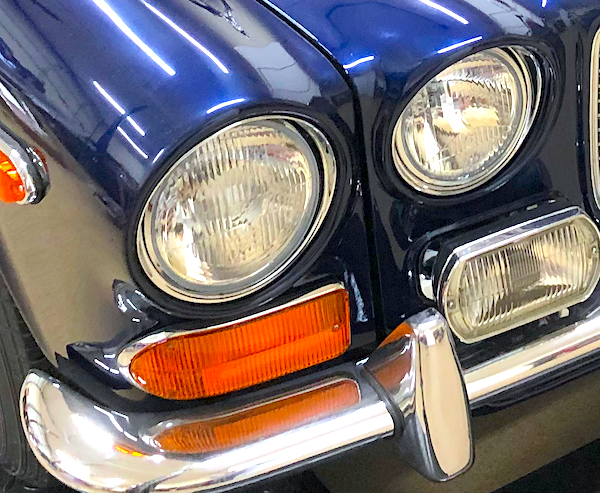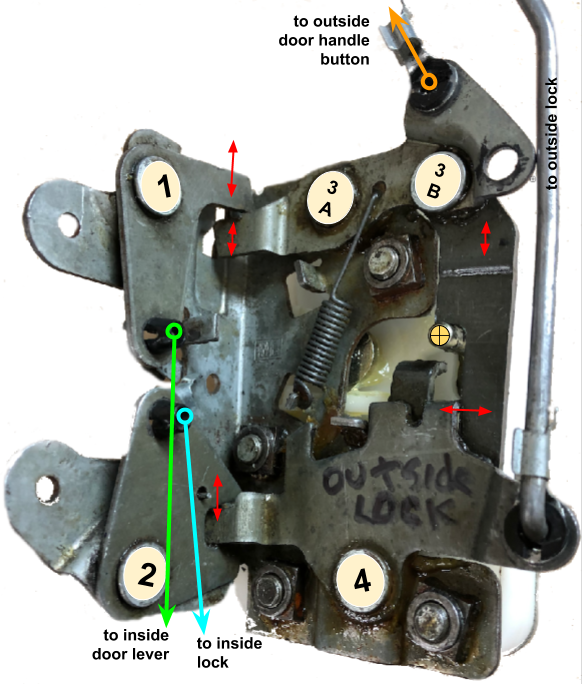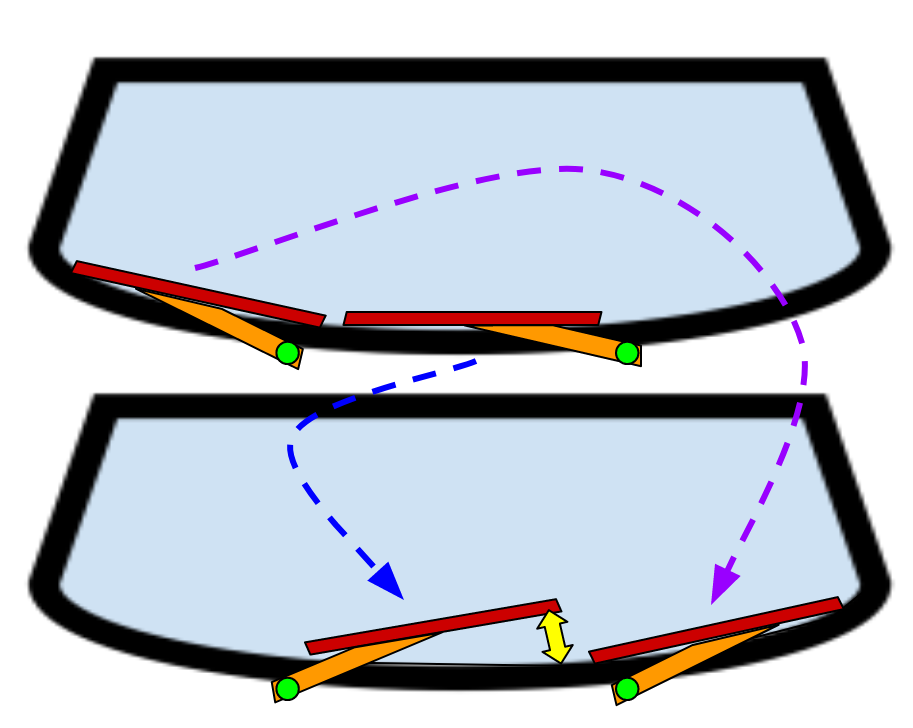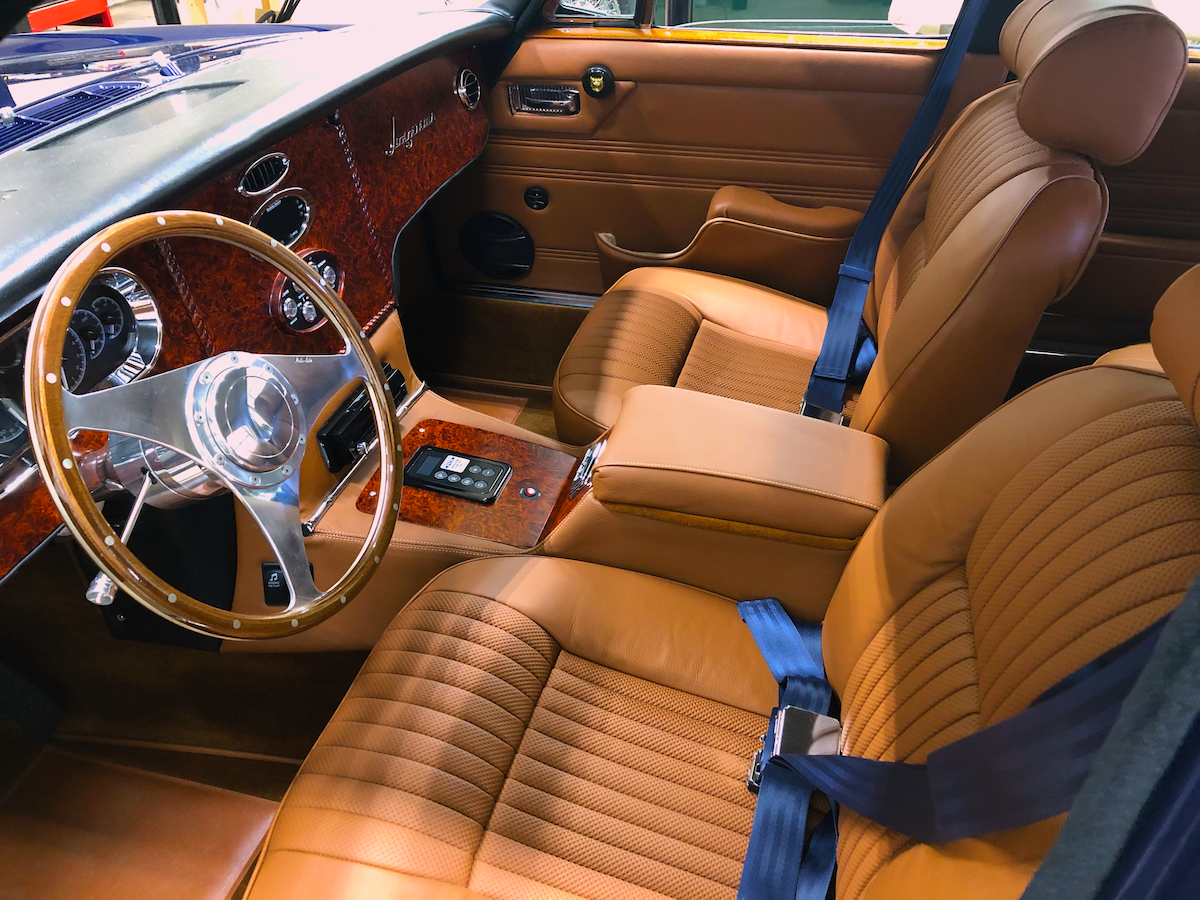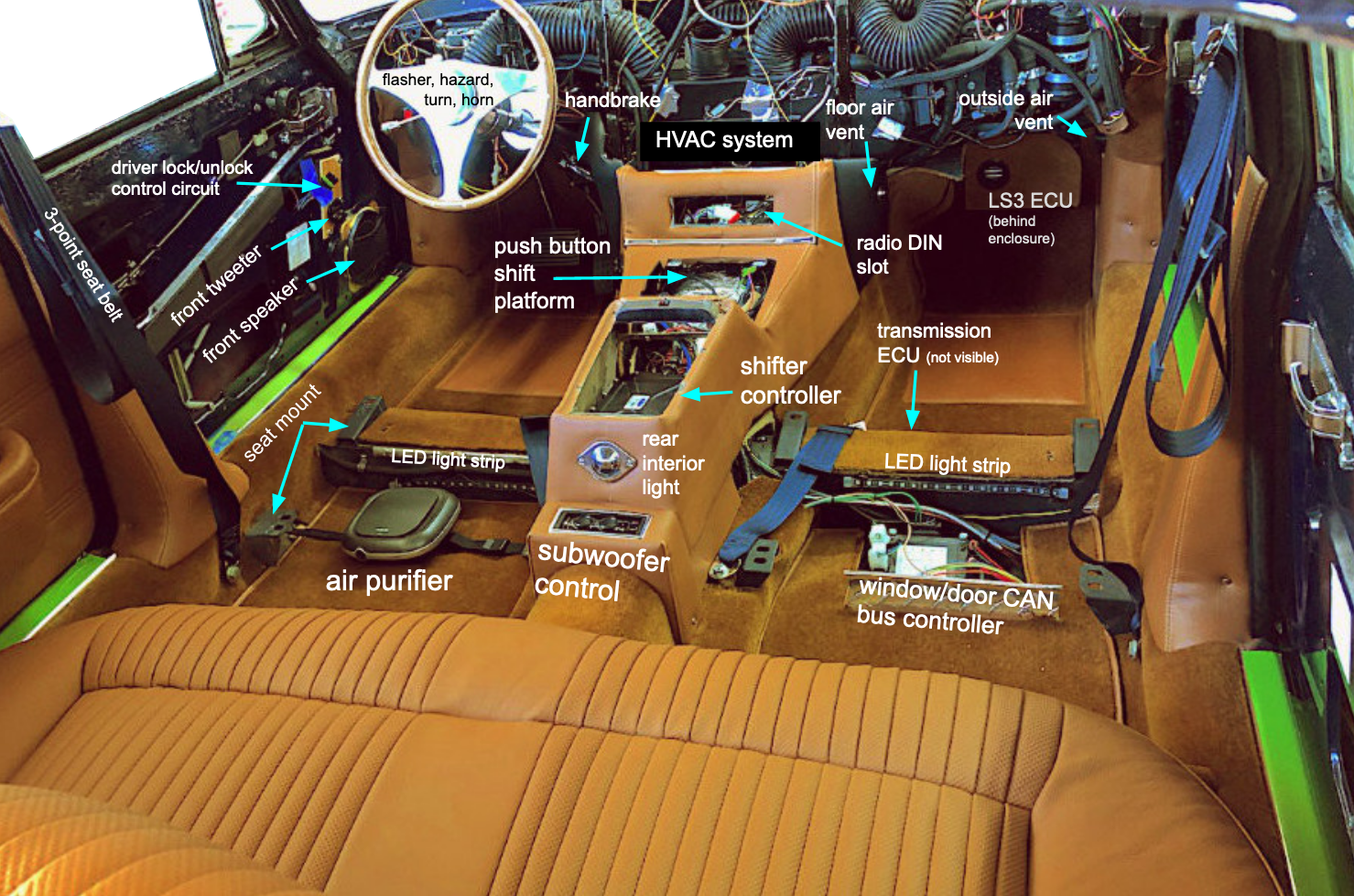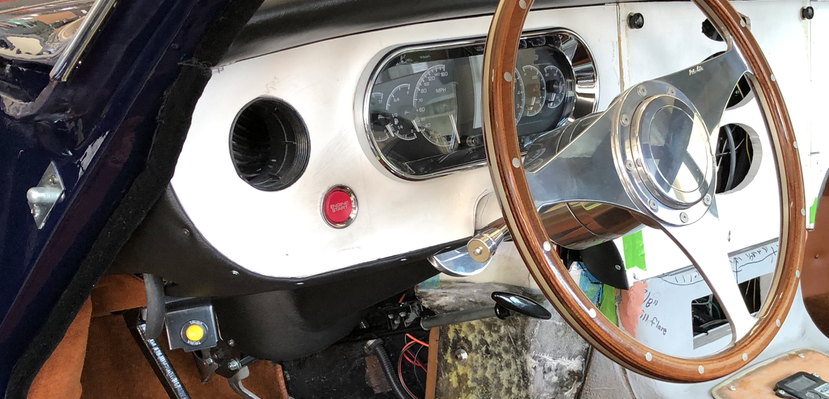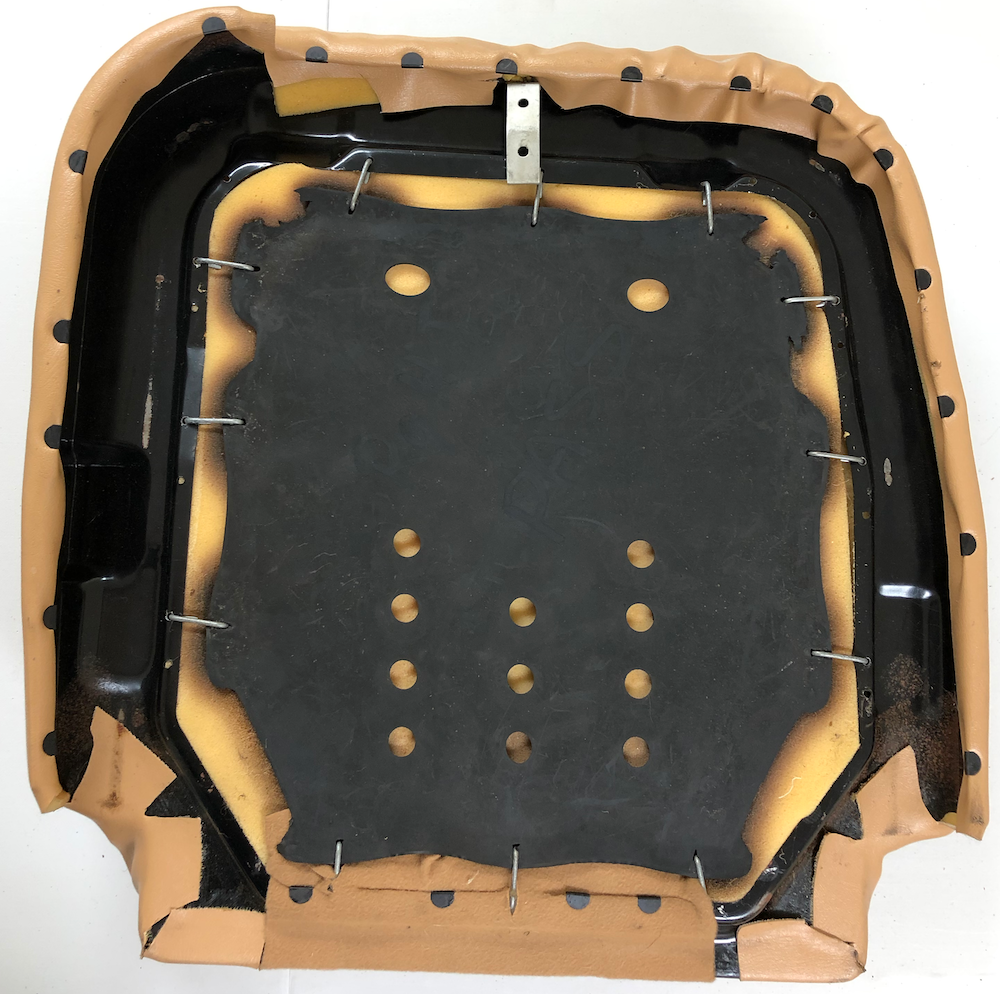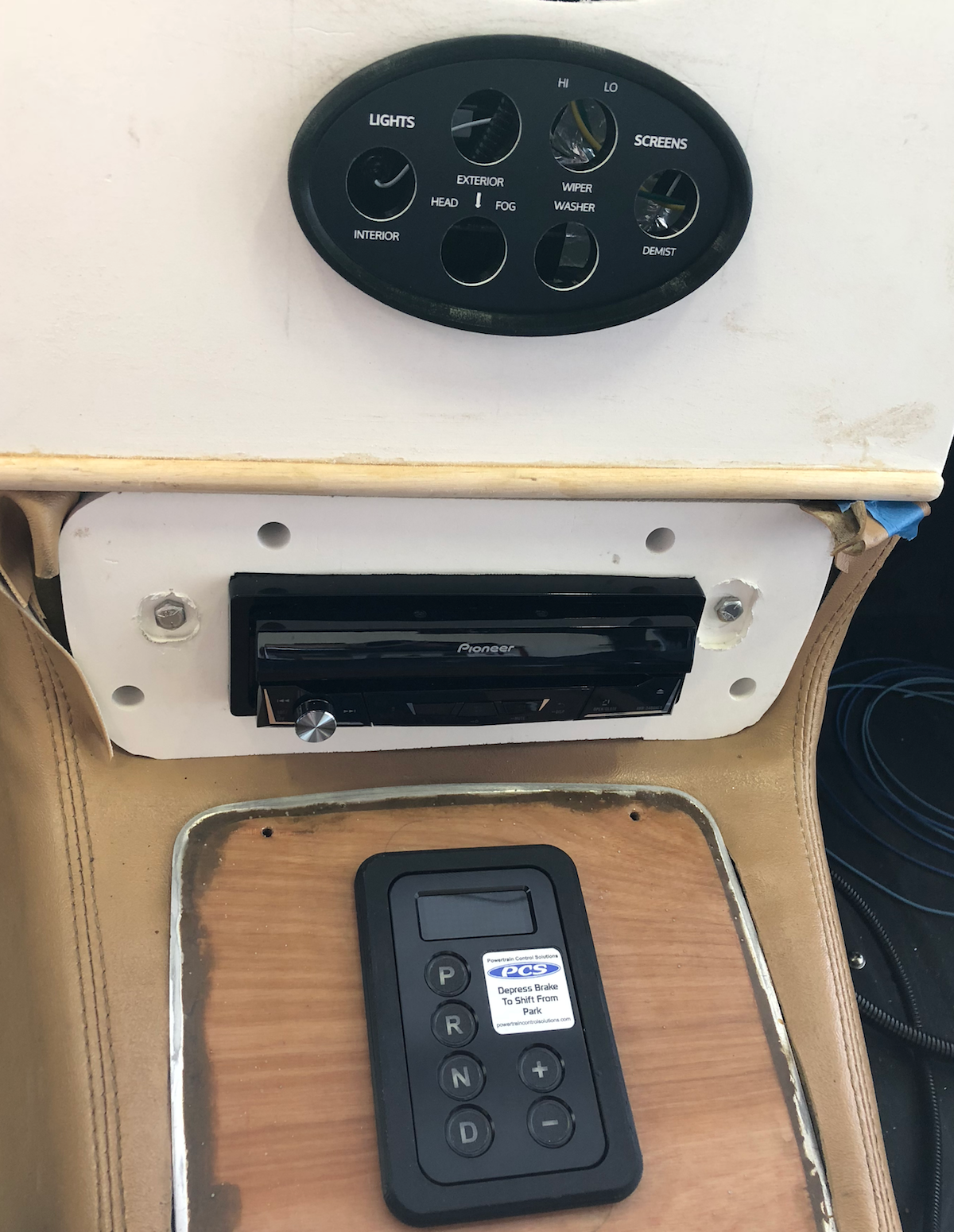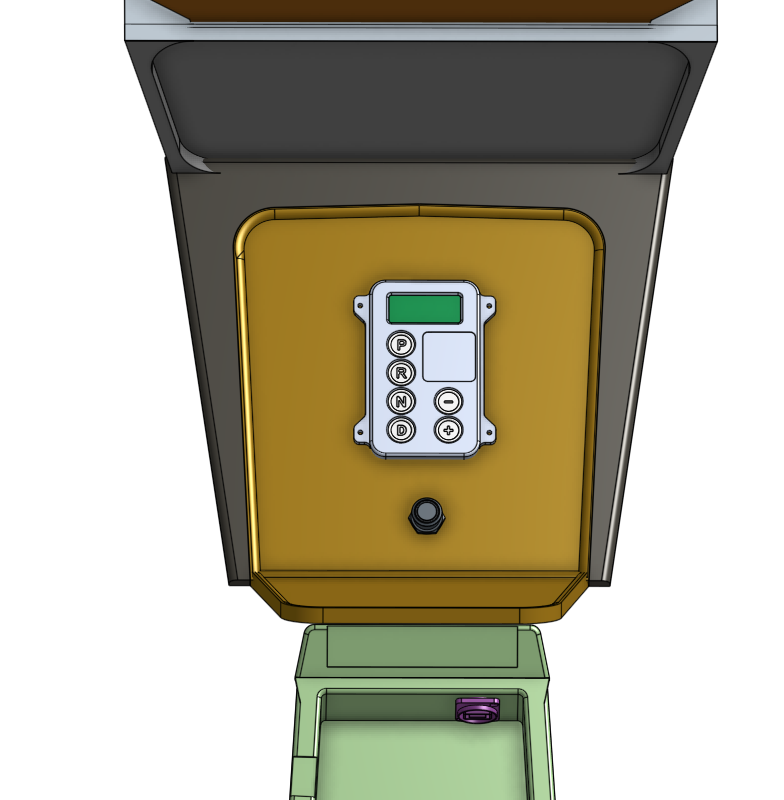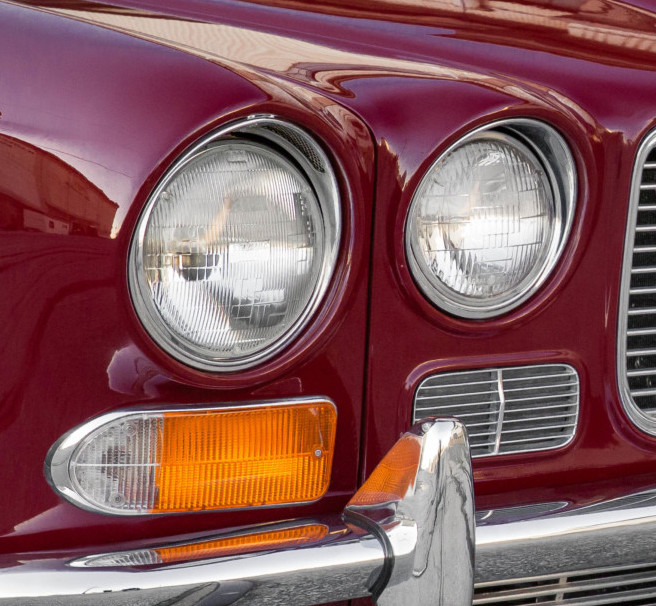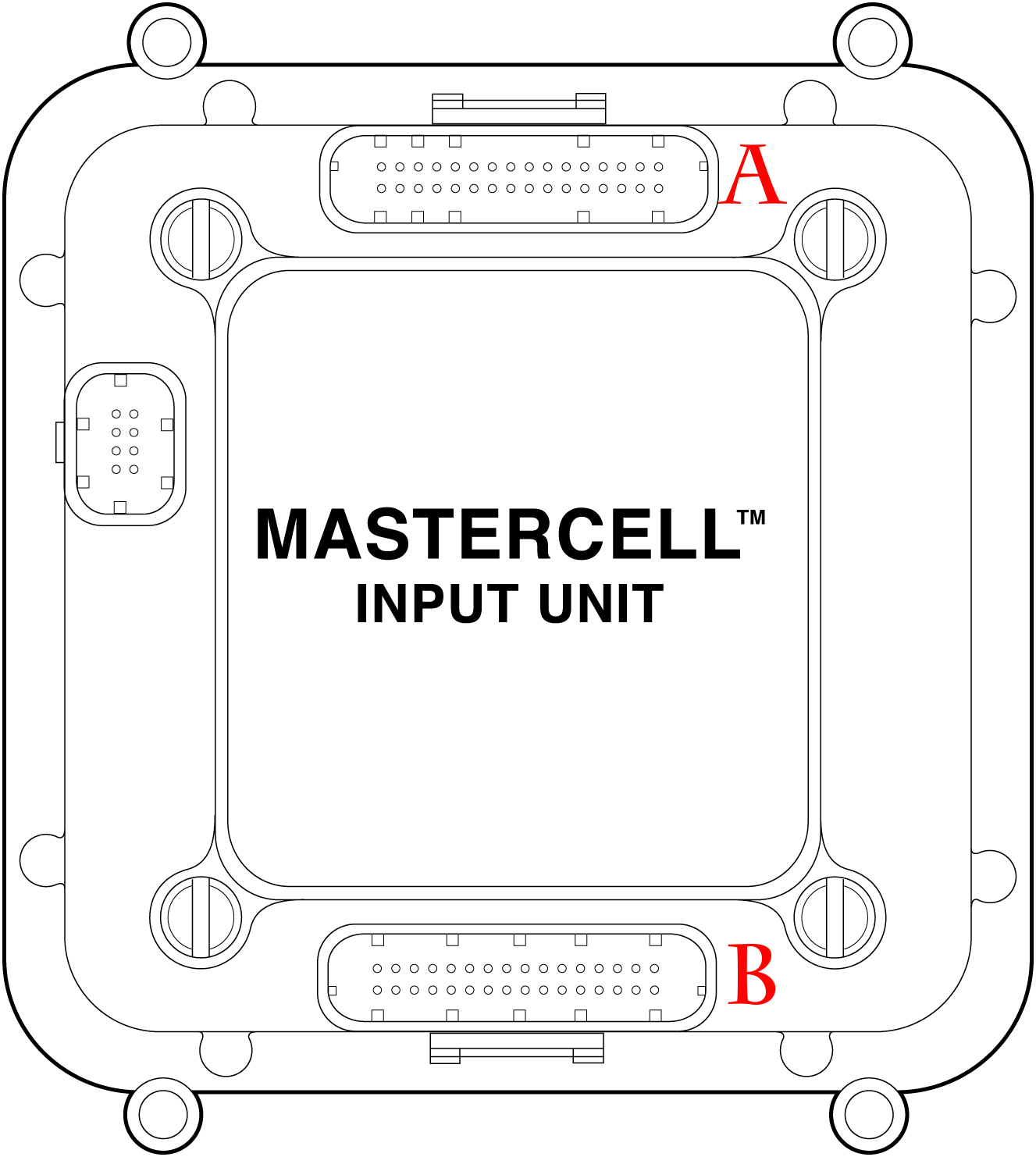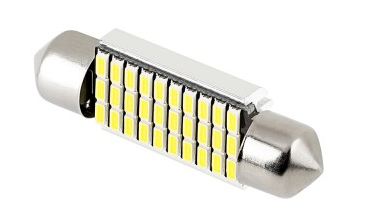Topics
Powerplant universe
Which engine to use for the restomod project is the most important single decision as well as the first one since so much derives from the power plant choice. The transplant restomod approach stays with the Jaguar line of engines, but we’ve elected to follow the retrofit pathway, and this opens up the universe of modern, fully electronic options dominated by the “Big Three” auto manufacturers: Ford, General Motors (Chevrolet brand), and Fiat/Chrysler (MOPAR).
There is a broad correlation between horsepower and cost as the comparison above for crate engines illustrates. Crate engines — fully assembled new engines based on older or late model designs — are not the only choice since a junk yard block can be restored, but the array of crate offerings highlights generally what’s available.
The horsepower range can be narrowed considerably: the sweet spot is between 350 and 450 HP. There are about 10 engines in this ballpark, and most are Chevy blocks. The standout is the Chevy LS3 crate engine (a Gen IV representative of the LS series — see terminology discussion below) due to its cost versus performance profile and superb EFI technology.
GM engine nomenclature
Our contemplated swap of a Chevy (General Motors) LS engine for the Jaguar straight-six XK means going across the pond metaphorically (yes, Jaguar was owned by Ford Motors a while back but that’s a story for another day) and learning a new universe of terminology along the lines of the George Bernard Shaw quip about two nations separated by a common language.
To begin with, everything in the Jaguar uses imperial (or English) units of measure but General Motors has actually entered the 21st century as 100% metric. Fortunately we already have a metric wrench set from working on the earlier Saab Sonett and Porsche Speedster projects.
The next hurdle is American automotive slang that is as baffling as British rugby. Let’s start with some basic names for engine configurations. A short block depicts an engine casting block with just crankshaft, rods and pistons. A long block adds heads, camshaft and valve train, head covers, water pump, oil pump, oil pan and a few other parts. A fully dressed block completes the system with accessories like an alternator, AC compressor, air filter, starter, and so on.
Now it gets messy. A big block describes a genre of large physical V8 engines defined by girth and weight but not necessarily displacement or power. The GM big blocks were launched in 1958 with the Generation I W-series 348 cubic inch (or 5.7 litre) engine. Chevy big blocks were phased out at the end of the 20th century; these American engines are generally referred to by their cubic inch specification, not their metric equivalent.
Small block Gen I
The GM small blocks are a different tribe that shares a lot of the big block territory. Confusing? The first Chevy small block displacement was 265 CI (so it was called the “265”) and powered the 1955 Corvette. The first small block generation (Gen I) lasted until 1991 and were affectionately known as “mouse” engines among the hot rod set (and big blocks are called “rats”).
Another terminology caution: General Motors big and small blocks are sometimes called Chevy or Chevrolet engines even if they were originally installed in other GM brands like Pontiac or Buick.
Small block Gen II
In 1992 GM introduced its second generation (Gen II) small block engine called the “LT1 350” (not to be confused with the Gen I LT-1 of the 1970s). Unfortunately, GM Gen II engine names continued the tradition of seemingly random number and letter assignments. One would think that the successor to the founding LT1 would be the LT2. Nope … there is no LT2 – instead the next evolutionary jump was the LT4 in the 1996 Corvette.
By the way, many parts can be interchanged between Gen I and Gen II so these 1955-96 engines are known as SBC (for Small Block Chevy) even though later generations are also small blocks. Go figure.
Small block Gen III
The father of the small block first and second generation engines was Ed Cole, chief engineer in 1952 and a senior executive at his retirement in 1974. In the mid-1990s, GM undertook the dramatic step of a complete “clean sheet” new engine design that retained only the rod bearings and bore spacing of the Cole era. This small block third generation (Gen III) was officially launched in the 1997 Corvette as the LS1 rated at a powerful 345 horsepower. As a result of the new design, there is no backwards Gen III compatibility with the earlier small block engines. In fact, Gen I/II engines are sometimes called “old school” — smelly carburetors and big air filters instead of newfangled electronic fuel ignition and bewildering electronics.
Gen III engines are often referred to by the initials LS, as in the initial Corvette LS1 installed from model years 1997 through 2004. But the next LS is the LS6 of 2001 that boosted power to 385 horsepower (and then quickly punched again to over 400 HP).
During this time GM introduced Gen III truck engines under Vortec branding (for no good reason that anyone seems to know). These carry different labels mostly linked to their respective metric displacement, like the 4.8L and 5.3L. But why make things simple? Engines have mystifying code designations, too: thus, the 4.8L carries the RL4 code with the brand name of Vortec 4800 while the 5.3L has three (!) codes — LM7, L59, and LM4 — under the Vortec 5300 branding. The LM7 has an iron block, but the LM4 is an aluminum block; otherwise, they are identical. The L59 is a flex-fuel version of the LM7. Whew!
There are a number of other engine variant code names, but they all describe the basic LS1 block with a very high degree of interchangeable parts, a significant advantage of the Gen III design (1996-2007).
Small block Gen IV
Around 2005, GM started to release the next generation of LS engines; the rollout had a number of overlaps so there isn’t a clean demarcation between Gen III and Gen IV. In fact, the term LSx typically refers to both Gen III and Gen IV engines since interchangeable parts makes fine distinctions irrelevant.
The LS2 powered the 2005 Corvette with 400 horsepower and comes chronologically after the LS6! In fact, naming conventions get so complicated during the Gen III/IV handoff (2005-07) that it isn’t worth getting into.
The dust settles in 2008 with the LS3 (430 HP) installed in the 2008 Corvette and phased out in 2013. The stability of the 2008-13 period means that there are many aftermarket applications for the LS3 and it’s the primary GM Performance crate engine offering.
Rebuild LS1 vs. Crate LS3
With the basic LSx powerplant decision behind us, there remains the question of how to get the engine. A salvaged LS1 could be completely rebuilt, or a brand new LS3 crate engine can be shipped directly from GM Performance. The costs appear to be the same, give or take 5%.
The rebuild route would take the Gen III LS1 basic block and fit it with interchangeable parts, many from Gen IV LS3 technology, like the intake manifold, harness, PCM, oil pan, exhaust manifold, and front drive accessories. The LS1 heads would need to switched or ported for greater power, and the cam would also be upgraded. The permutations are enormous, so the research task is heavy; hot rodders have many contradictory opinions and there isn’t a well-beaten path to victory.
On the other hand, the crate option has everything already engineering together and tested. But a little less fun perhaps.
Transmission options
There are several “native” automatic transmissions options that mate exactly to the Chevy LSx engine:
- TH350
- TH400
- TH700R4 and early 4L60
- 4L60-E and later series
TH350
The TH350 is an automatic shift, three-speed transmission, widely considered to be strong and reliable, introduced in the 1969 model year as the successor to the GM Powerglide automatic transmission.
The 350 transmission is a one-piece cast aluminum with an integrated bellhousing measuring 21-3/4″ long and 120 lbs. It has a distinctive oil pan that is chamfered at the passenger side, rear corner with the modulator at the right rear of the case.
The conventional TH350 is coded M33, M38 or M39 while the TH350C with lockup torque converter is coded MV4, MX2, MX3 or MX5. Two- and four-wheel drive versions are available.
TH400
Like its cousin the TH350, the TH400 is a strong and reliable transmission able to handle torque above 400 ft-lbs.
TH700R4
The TH700 was introduced in 1982 as a response to fuel economy pressures replaced the TH350. This transmission features a 30% overdrive and sports a lower-than-usual 3.06:1 first gear, popular for off-the-line acceleration as well as off-road torque. Length is 23.4″ and weight is 155 lbs in a one-piece cast aluminum case.
In 1990, the TH700R4 was re-designated as the 4L60 (4-speeds, Longitudinally positioned, 6000 lbs. GVW). This was a change in name only; thus the TH700R4 and early 4L60s represent the same mechanical component.
4L60-E
In 1997, the 4L60-E (four speed) was released with a redesigned case as an evolution from the earlier TH series; the “E” indicates an electronic shift control. This transmission was strengthened to handle the higher power outputs of the Gen III engines. The 4L65-E and the 4L70-E share most of the components of the 4L60-E and feature stronger planetary and output shaft for heavy duty applications. The “E” suffix is often dropped because transmissions today are all electronically controlled.
All four-speed versions include an Input Shaft Speed Sensor, located in the front pump assembly, that controls the engine via ECM; full computer implementation took until 2008 so compatibility issues may exist. GM’s alternative designations of these transmissions are:
- 4L60-E = M30
- 4L65-E = M32
- 4L70-E = M70
View YouTube video describing the 4L60-E transmission (Novak Conversions).
There is a strong consensus that the 4L6x class of transmissions is the best choice for the LSx engine. Again, the crate engine route is attractive because GM pre-packages its LS3 engine with the 4L65-E with an integrated software “out-of-the-box” solution.
Preliminary fitment analysis
The crucial question about any major engine swap project is will it fit? The answer is yes, but there are many details to ponder.
To begin with, there are dozens of XJ6/Chevy LS swaps that — even we have no evidence that they are operational — at least present online photographic evidence that the Chevy V8 does indeed fit into the XJ6 engine bay.
A second fact that provides comfort is that the LS engine is basically smaller than the inline XK6 in the Jaguar. Depending on the reference point one selects, the Chevy LS is 5-to-7 inches shorter and about 1 inch taller than the Jaguar inline XK6 engine (and the LS is at least 100 lbs. lighter, too!).
But fitment is not just about the overall dimensions of the engine bay and basic engine block. Consideration must be made for the exhaust manifold, oil pan, transmission tunnel (we’ll get to that issue later), and various front drive accessories like the alternator, AC compressor, and power steering pump.
Oil pan profiles
There are dozens of configurations available; oil pans, for example, come in at least six varieties.
Putting all the elements together in a CAD drawing — compressor and alternator (a few front drive accessories), the low-profile Holley 302-2 oil pan, air filter, radiator housing with dual fans, exhaust manifold (left side only), steering rack and (very approximate) crossmember representation — shows they fit, at least at this early stage of analysis.
CAD model
LS3 crate engine
General Motors Performance, the aftermarket distribution arm of GM, offers a “Connect ‘n Cruise” package that fits well with our restomod objective. The bundle (CPSLS34L65E) includes a 430 HP version of Chevy’s LS3 mated to a 4L65-E automatic transmission.
This version of the LS3 essentially matches the power plant in the 2010 Camaro SS with manual transmission and the 2010 Corvette Grand Sport Coupe and Corvette Convertible. The 2010 LS3 has a Gen IV aluminum cylinder block, high-flow cylinder heads derived from the LS7 engine, an intake manifold with acoustic shell, and an advanced electronic throttle control.
Specifications
2010 CAMARO LS3 Engine
| Category | Specifications (restomod implementation) |
|---|---|
| Type | 6.2L V-8 |
| Displacement | 376ci/ 6162cc |
| Bore / Stroke | 4.06 x 3.62 in/ 103.25 x 92 mm |
| Block material | cast aluminum with cast-in-place iron bore liners |
| Cylinder head material | aluminum |
| Valvetrain | valve-in-head; two valves per cylinder; roller lifters |
| Ignition system | high-energy distributorless ignition; solid state direct-fire ignition with coil near plug and integrated ignition |
| Fuel delivery | returnless - multiport fuel injection |
| Compression ratio | 10.7:1 |
| Horsepower | 426hp / 315kW @ 5900rpm |
| Torque | 420lb-ft / 553Nm @ 4600rpm |
| Recommended fuel | premium |
| Maximum engine speed | 6600 rpm |
| Emissions controls | evaporative system; positive crankcase ventilation; electronic throttle control |
| Fuel economy | 18 city/29 highway |
| Engine oil capacity | 8.9 quarts |
| Coolant engine capacity | 11.2 qts |
| Coolant total capacity | ~12 qts including radiator and surge tank |
Crate engine part numbers
The Connect & Cruise CPSLS34L65E package includes:
- Engine: 19301326
- Block cast-aluminum with 6-bolt, cross-bolted main caps: 12623967
- Crankshaft nodular iron: 12597569
- Connecting rods: 12649190
- Pistons: 19207287
- Camshaft hydraulic roller type: 12623063
- Cylinder heads aluminum L92-style port as cast with 68cc chambers: 12629063
- Rocker Arms intake: 12669995
- Rocker Arms, exhaust: 12669993
- Engine Control System: 19354328
- Transmission: 19260380
- Torque Converter: 19299802
- Transmission Control System: 19302405
- Transmission Installation Kit (flexplate): 19259117
The packages does not include a starter motor (10465385) or mounting bolts (11610787 and 12561848). See also front drive systems.


